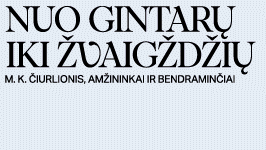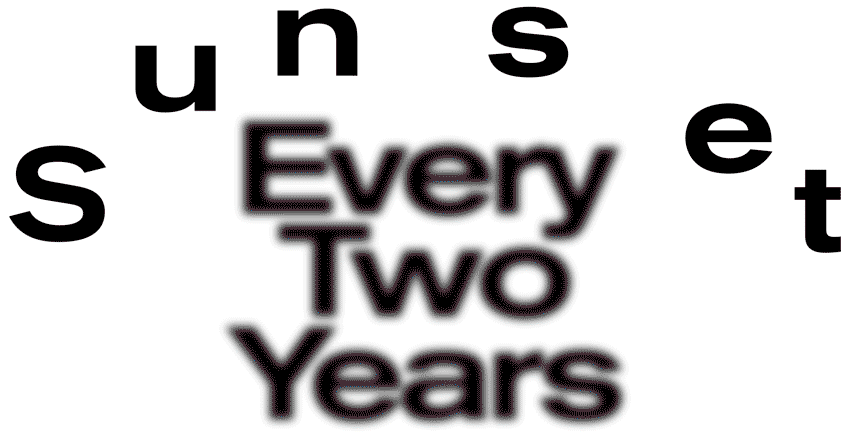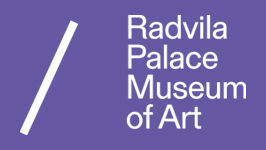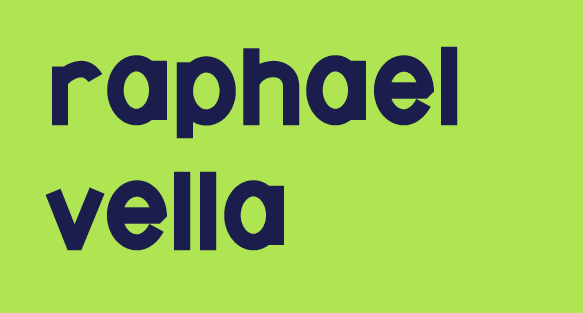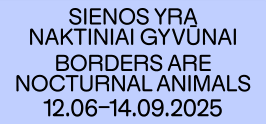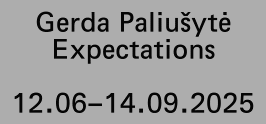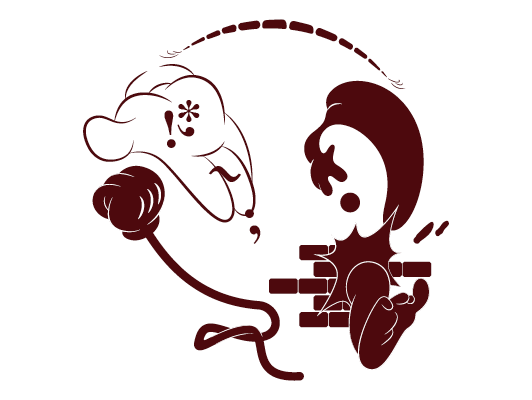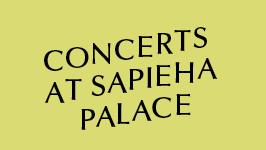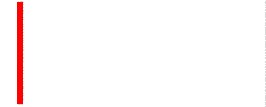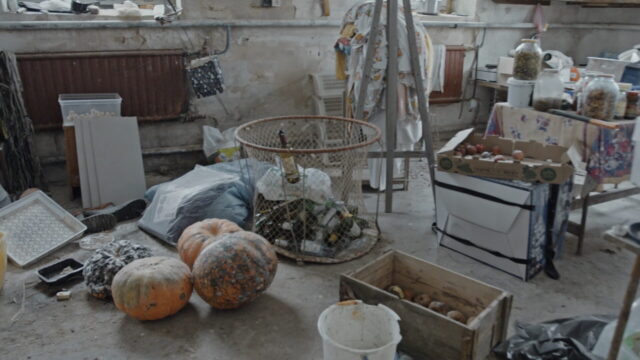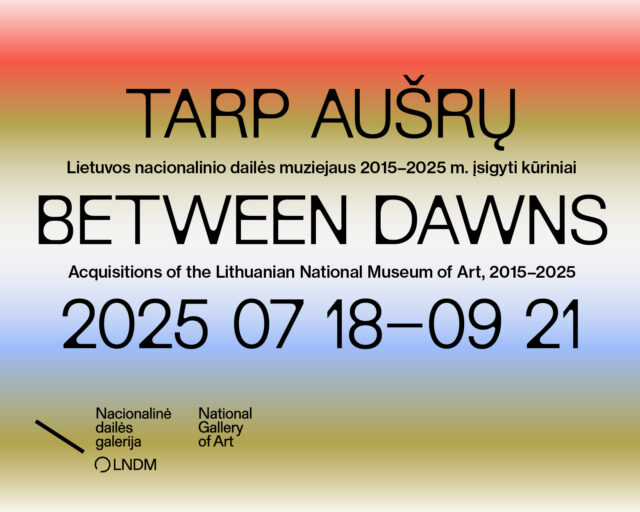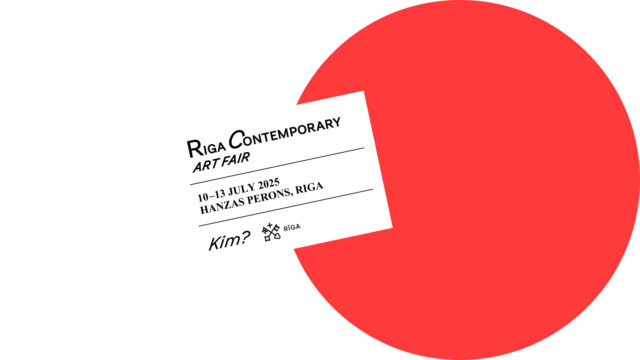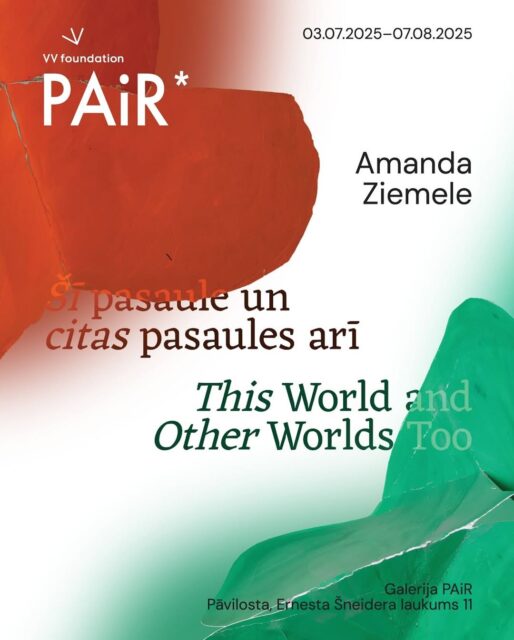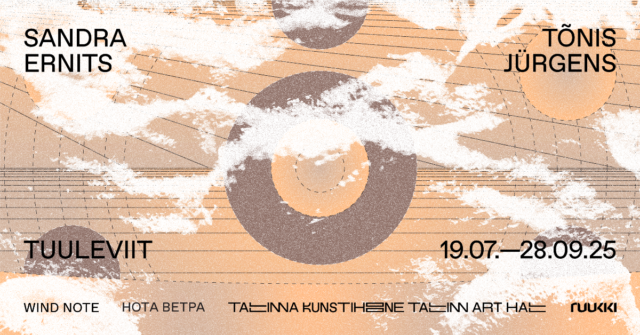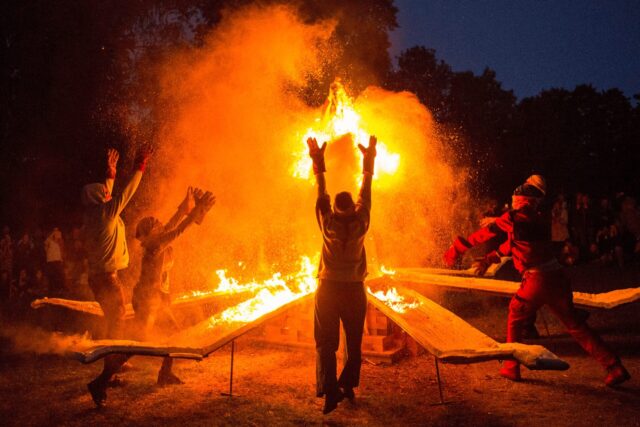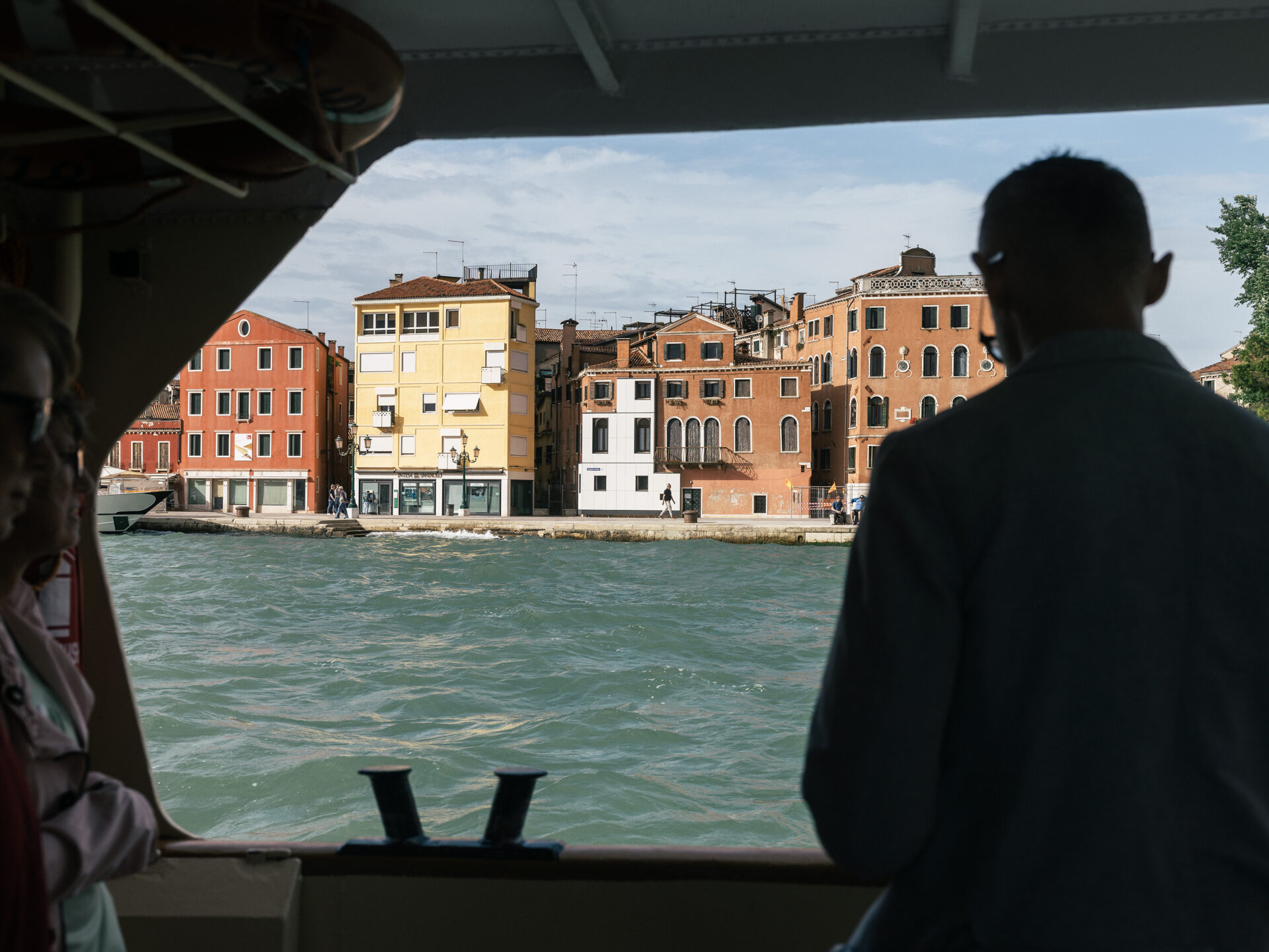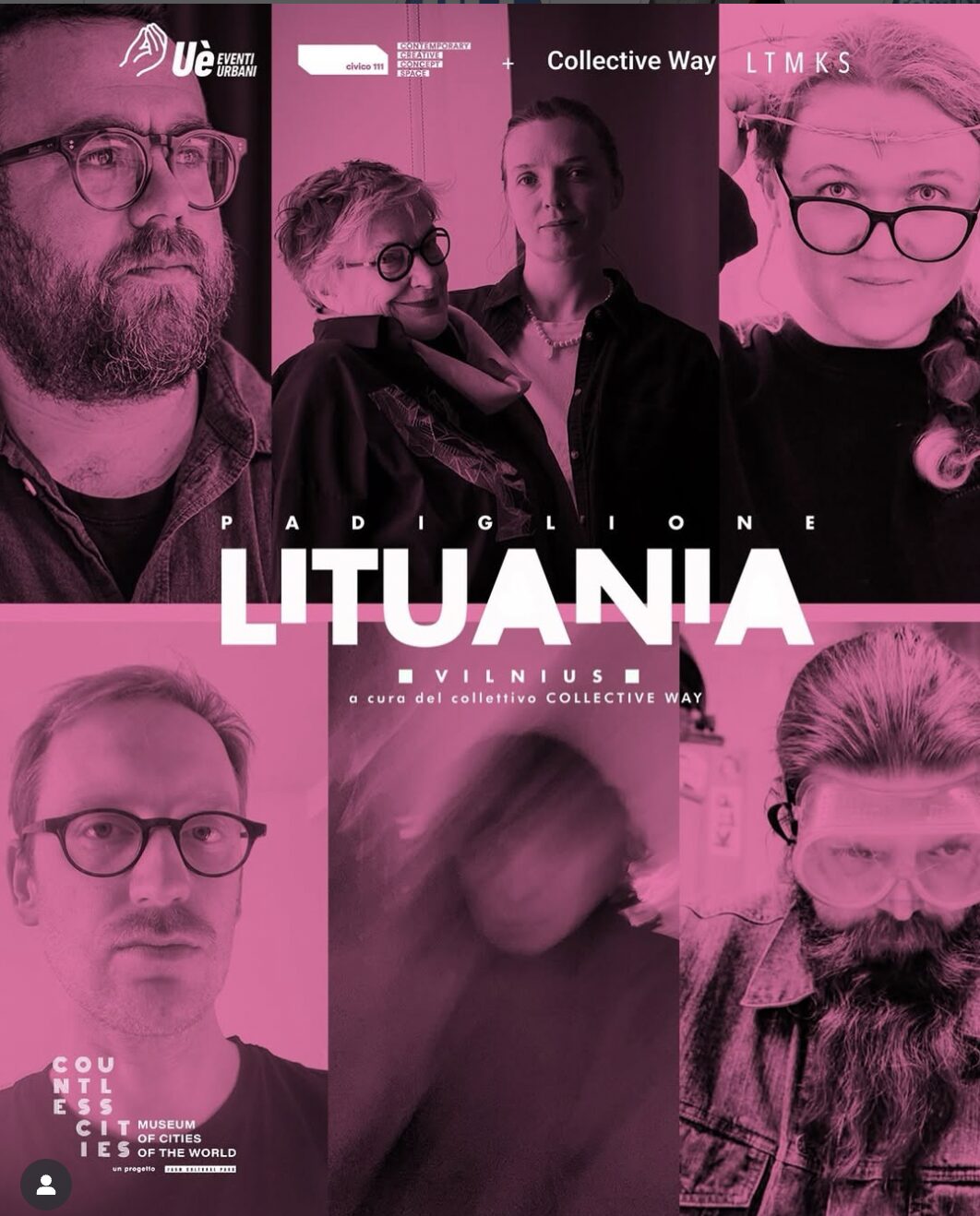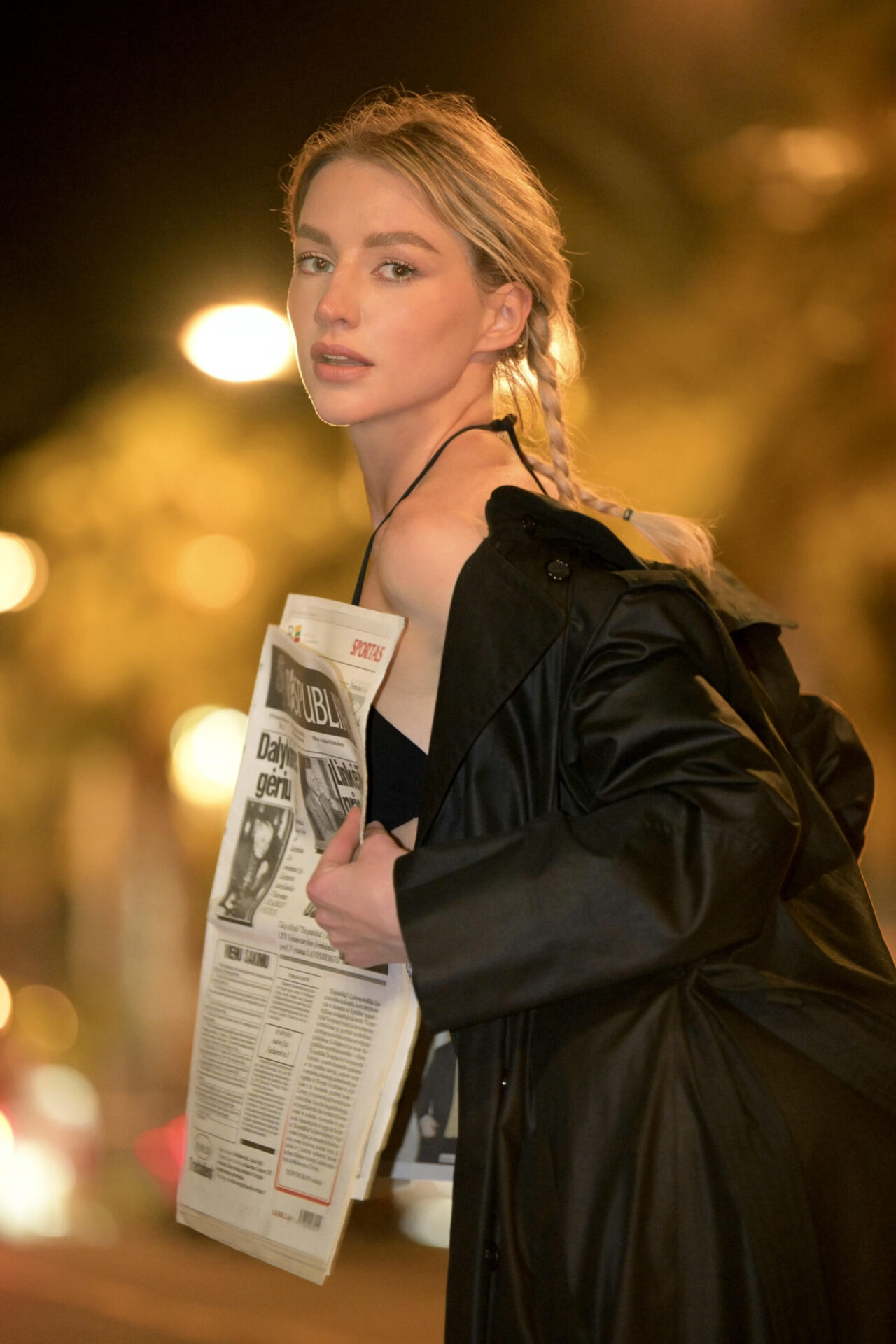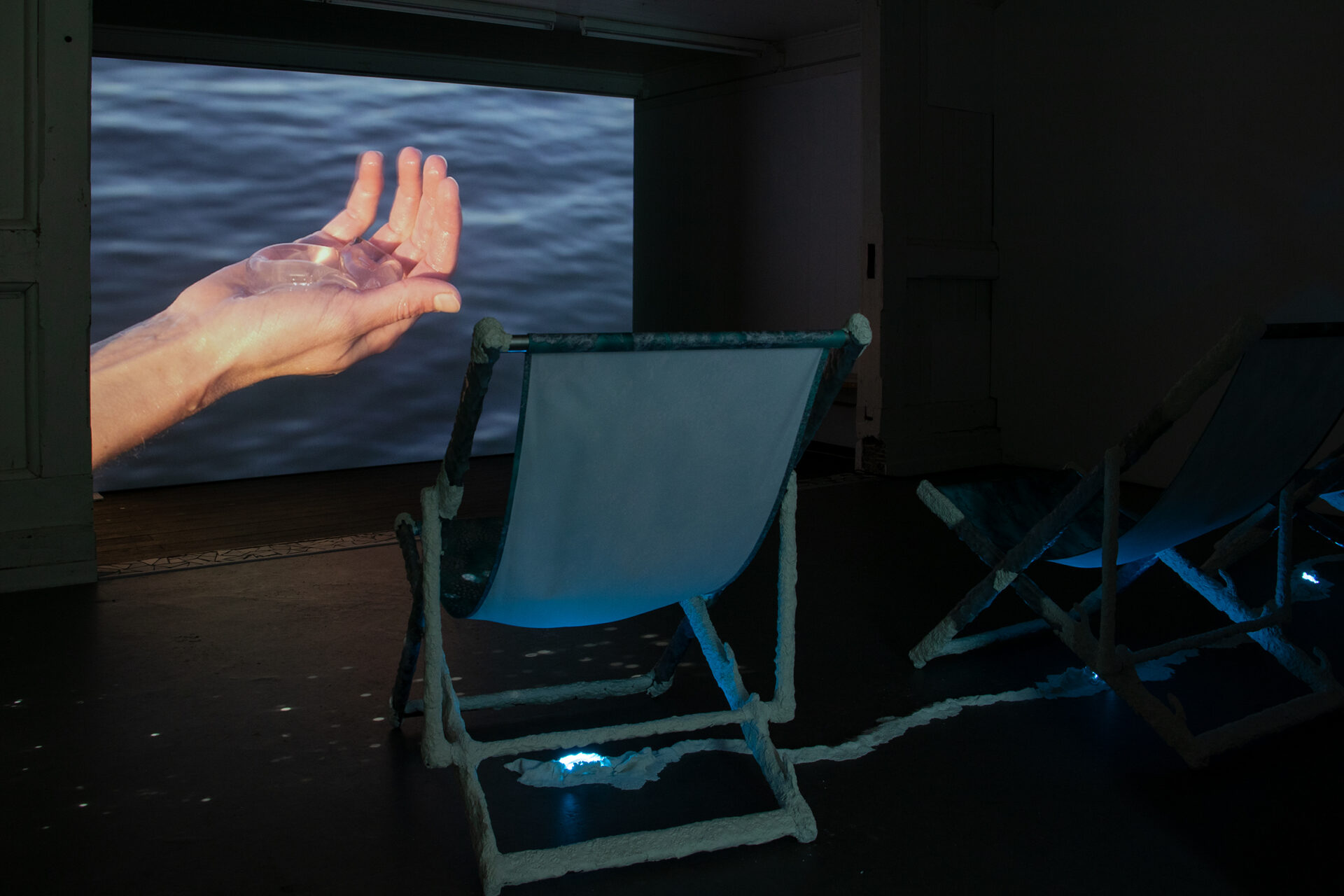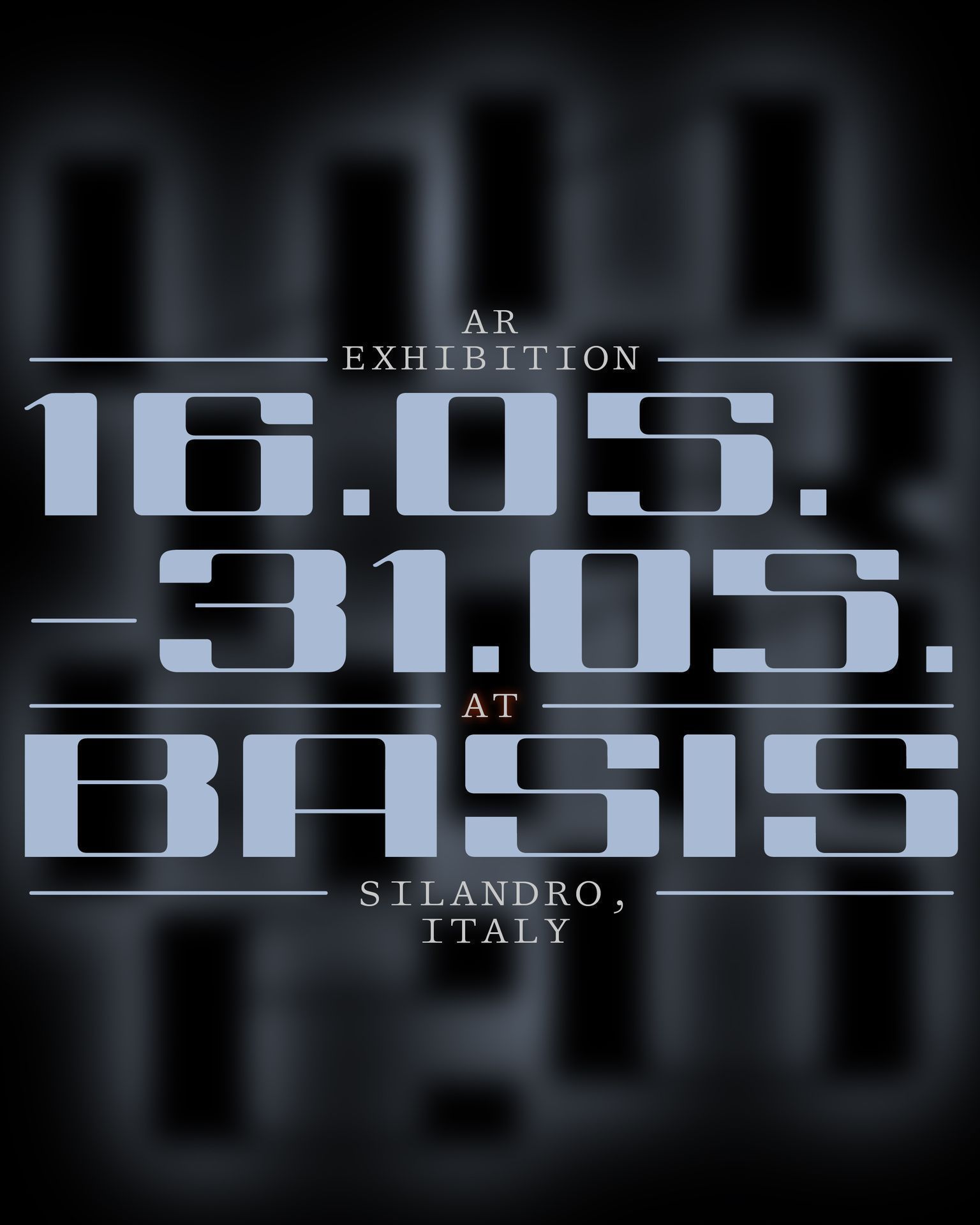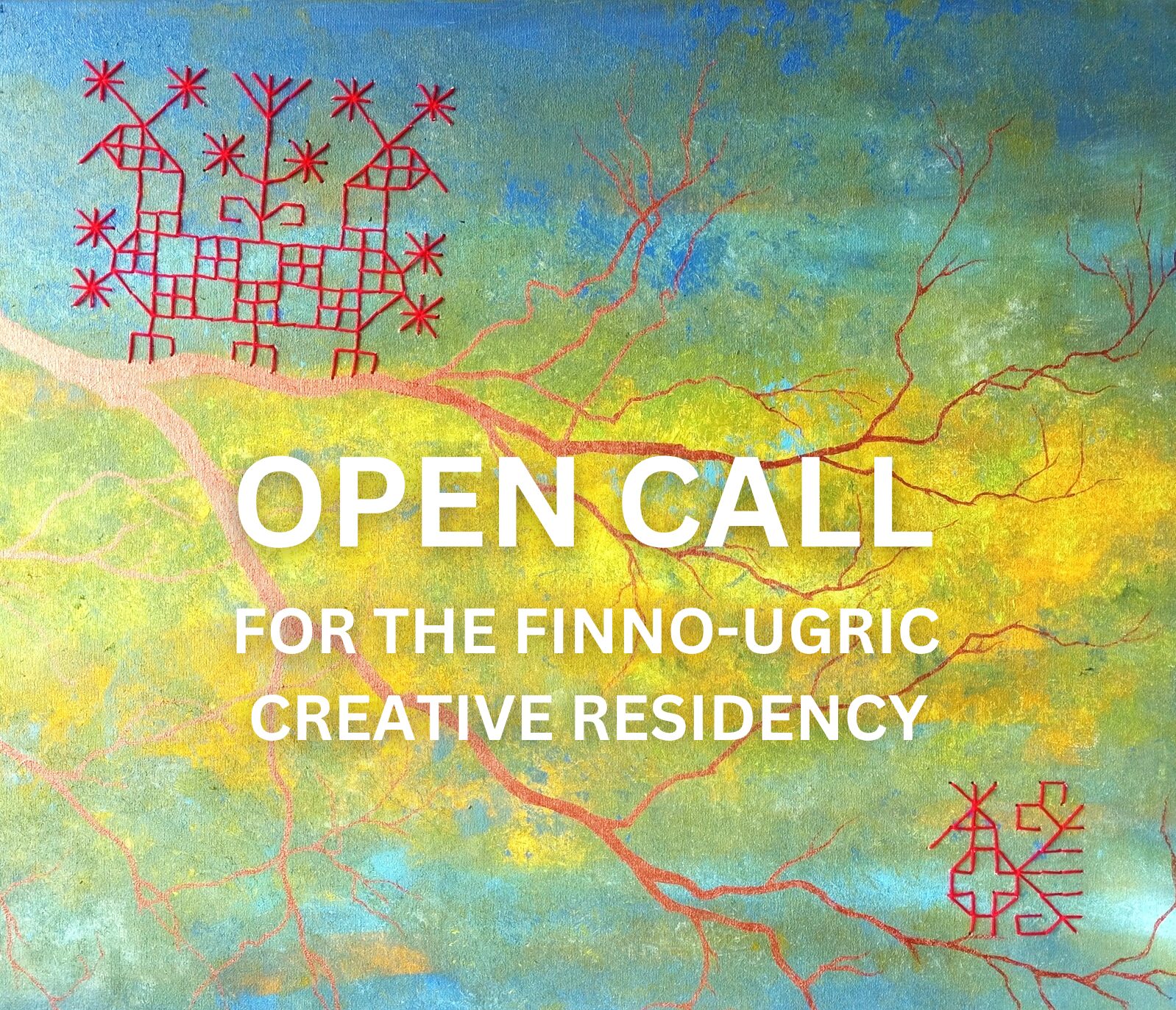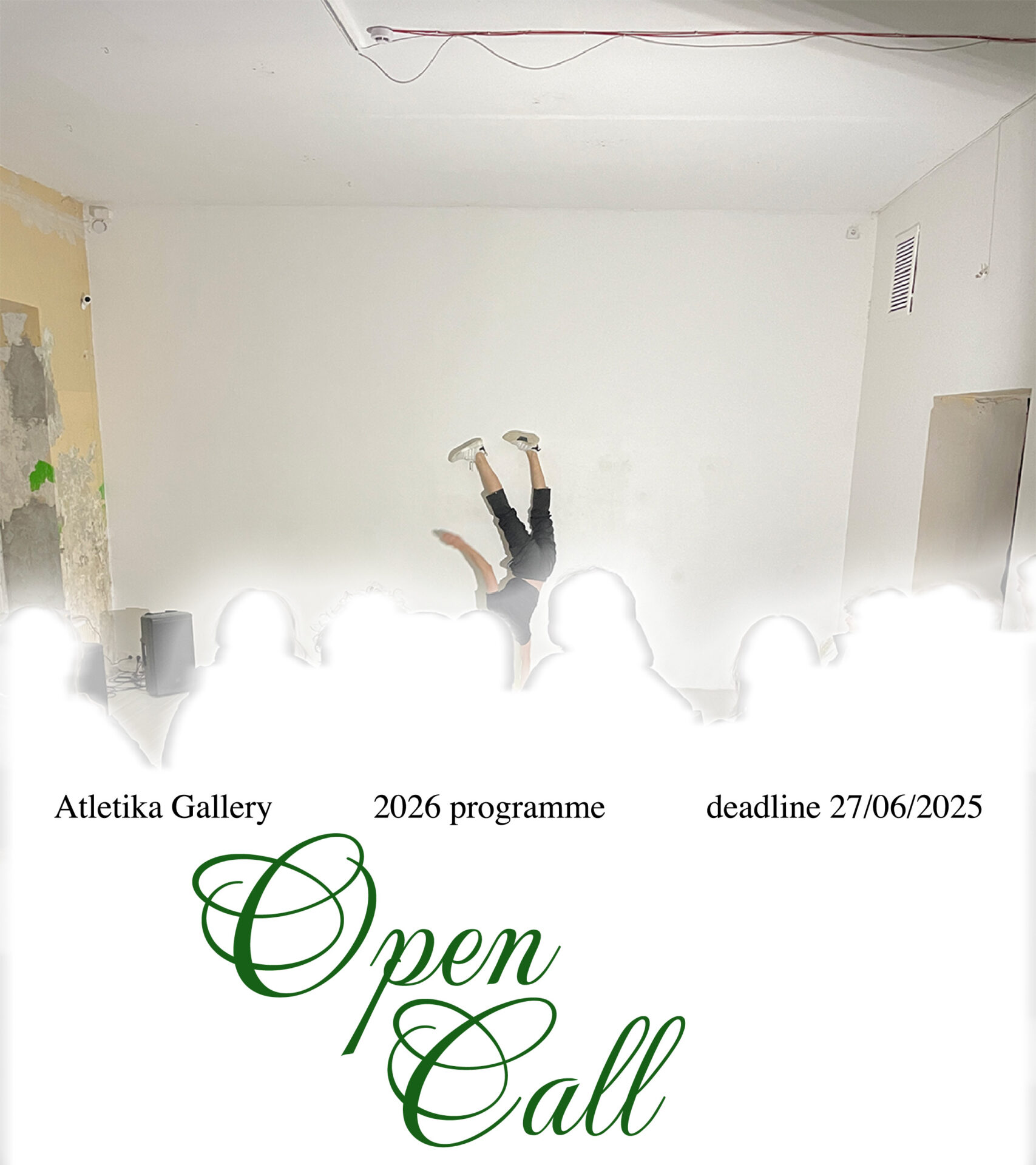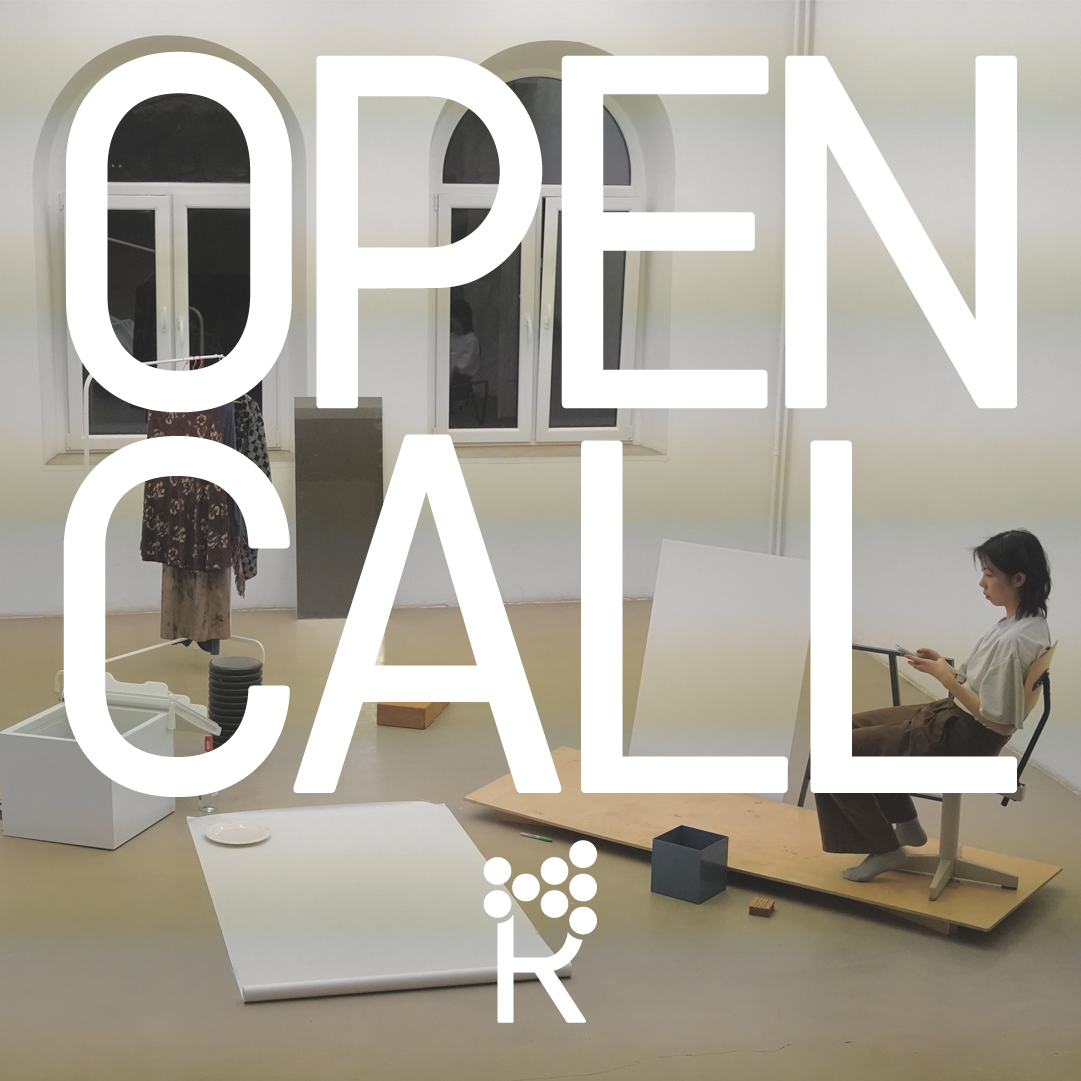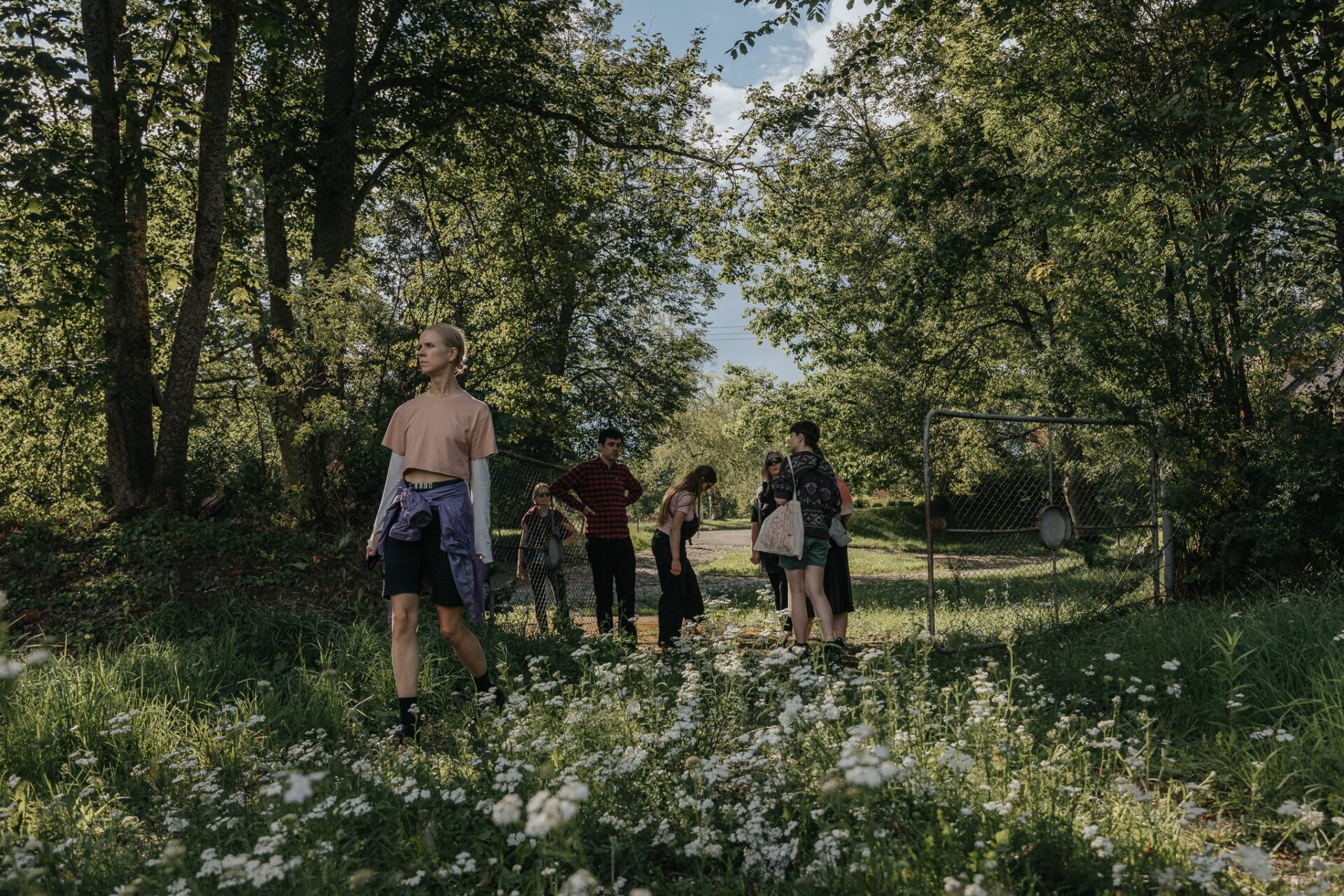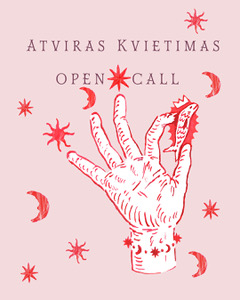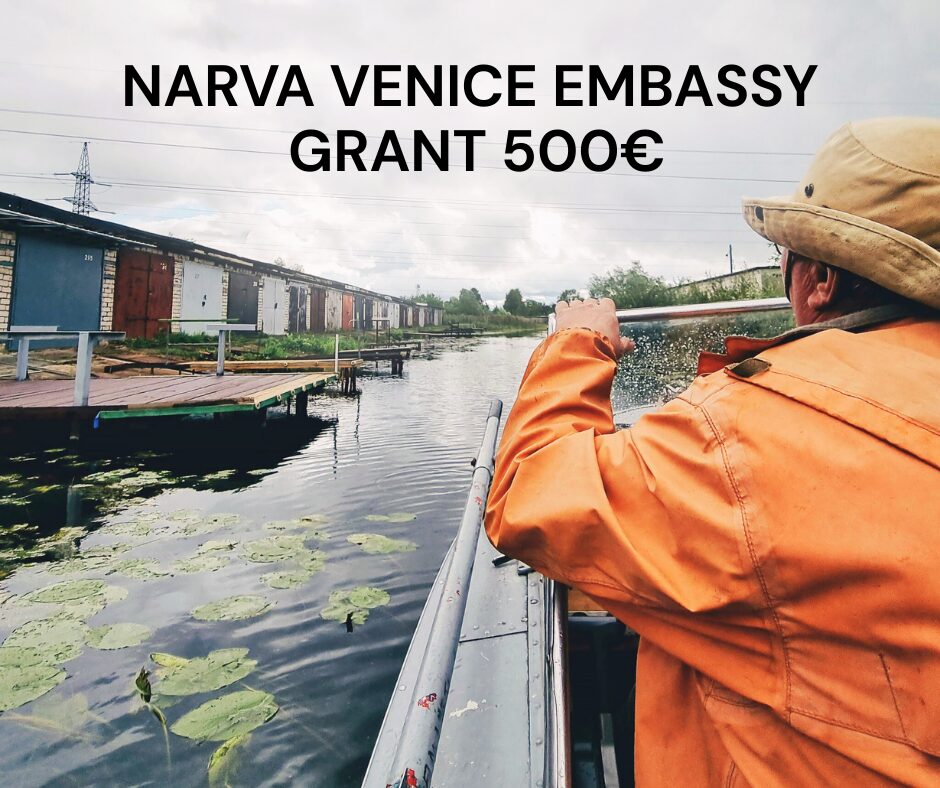On 26 and 27 August, the Mykolas Žilinskas Art Gallery (Kaunas) became a large-scale listening device and musical instrument for 14 hours: the international sound and performance event Mars Returns, curated by curated by Raimundas Malašauskas, took place in its premises. And though the summer heat has long since been replaced by icy winter air, the memories of Mars’s return are still as fresh as morning dew. We invite you to have a look at them.
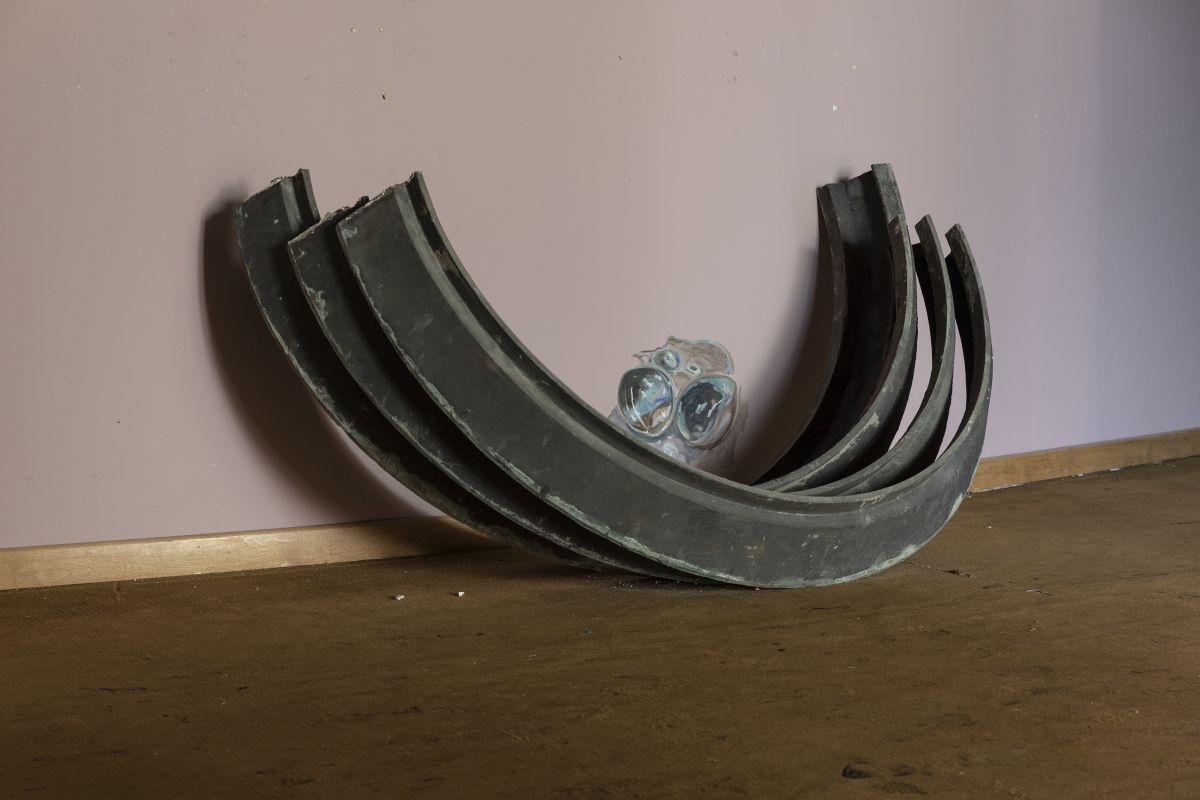
Visible, invisible,
A fluctuating charm,
An amber-colored amethyst
Inhabits it; your arm
Approaches, and
It opens and
It closes;
You have meant
To catch it,
And it shrivels;
You abandon
Your intent—
You return to the same place, for the second time. A flight, a second flight of an imposing marble staircase, corridors to the left, to the right, swirling into the dark, yesterday they glowed with warm cinematic light. Eyeballs on the palm of a hand, and a veiled heap of empty frames are still there, but the inscription on the torn carpet has disappeared. For Lust, it said, you are almost sure. Today, space looks like a world at the bottom of the sea, hazy, slowed down, moving at its own unhurried pace. Yet around is a decayed battlefield. The stories of an astrologer have also disappeared. You try to remember –- did she speak of cosmic flux, recurrences and forthcoming turbulence?
You spin these images around, paranoid, trying to make connections and find meaning. Just like trying to find those invisible threads that make a constellation in the dark sky of seemingly random stars. Your brain oscillates between the impulses to order and to let the world slip into disorder. They are forever intertwined.
Comprendre, said Artaud, c’est polluer l’infini.
– Anne Davidian
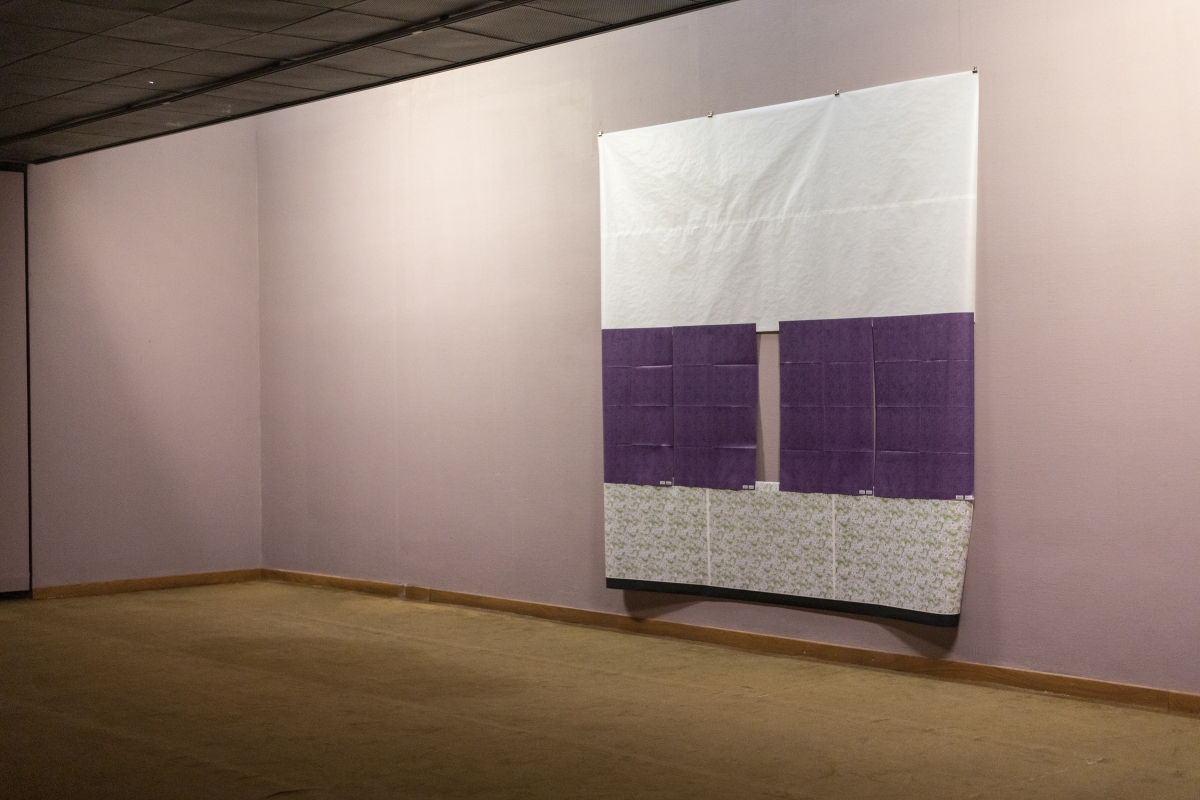
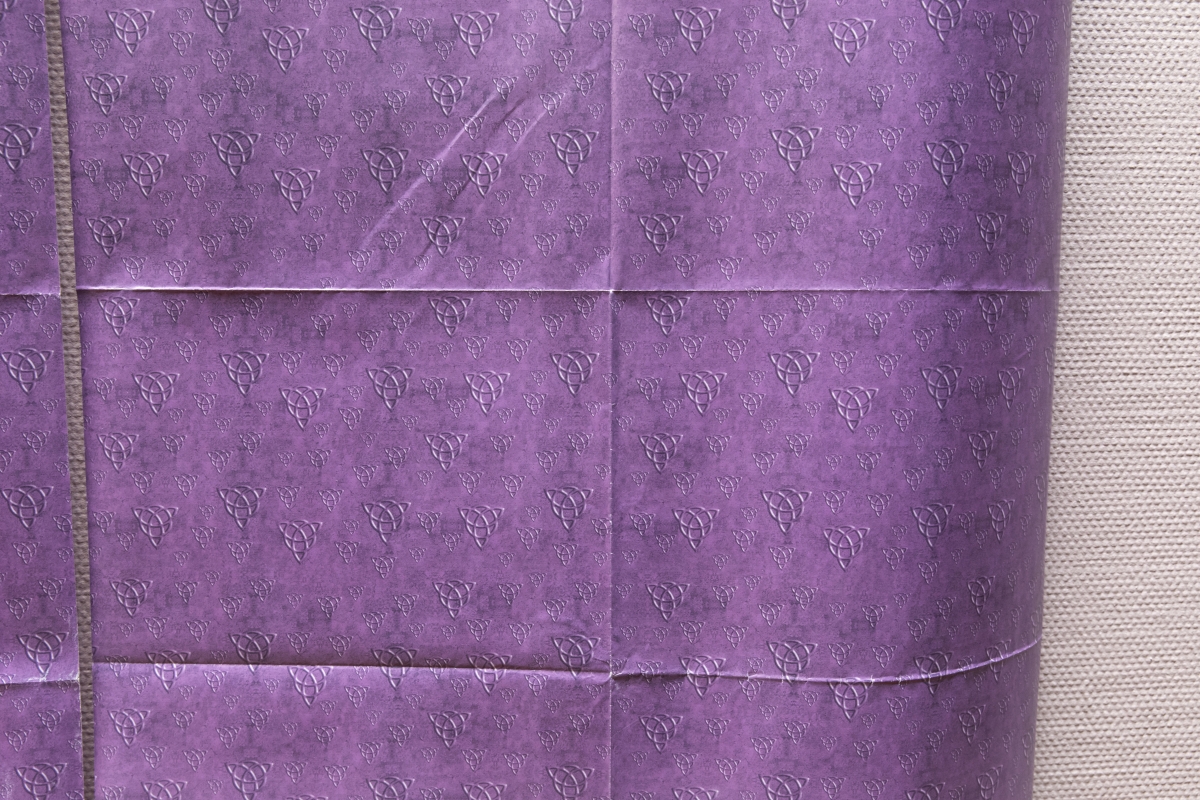
In the canon of exhibition making often one of the key evaluating factors of a successful project is connected to how much it brings order into the parts assembled. Such a valuable outcome has to do with the coherence of the grouping in relation to a theme, thesis, atmosphere or set of concerns for example. The job of exhibitions is to bring sense into the world: diverse and diverging units of complexity are thereby gathered to increase our ability to understand, enjoy and decrypt them. Here’s to the full Western thought tradition of knowledge as the ordering, categorizing and organizing of the world. This is mainly a rational instance of domination and control; sometimes it even ends up in reduction of the art’s potential signification. While this can be a helpful, legitimate and productive process, what if it prevents further meaning from being unleashed in a different, more disorderly set of conditions?
What is with our fear of chaos? Certainly lack of control can be scary but there is also a more mythological element to our relationship to chaos – and the darkness of the night as opposed to the light and order of the day – which, as Goya has so iconically fixed on paper, can “produce monsters”. There is a direct correlation in Italian language (through its Latin roots) between the words monster [mostro] and exhibition [mostra]. They are essentially the same word – one with a masculine ending and the other with a feminine ending. The most accepted origin of ‘monster’ is connected to the latin monestrum meaning divine omen, portent, sign from the verb monere which signifies to warn, to advise and to teach (the verb ‘to admonish’ is also from the same root). To exhibit – in Latin monstrare – has the same mon- root shared with monere (both of which derive from the proto Indo-European root men-: to think) allowing a semantic bracket that includes “to warn”, “to let people know”, “to remind”, “to encourage thinking”, “to indicate”, “to expose”, “to make evident”, “to show” with mostro on the former part of the spectrum and mostra on the latter.
So the night, chaos, disorder produce monsters [mostri], while the day, order, control produce exhibitions [mostre]. Mars Returns is a project that cannot fit either of these binary categories. It was designed to occupy an abandoned museum with a series of interventions, with the sonic ones relegated to the evening, playing with the fields of visibility and audibility. My experience of it was like an opera in reverse: during the day I encountered and walked through the sets for the scene developments (the spaces) and met all the characters (the selected artworks) but the orchestration only came after, in the two evenings. The cast included paintings, installations, sculptures, videos and voice based pieces, all of which activate the hollow shell of a soviet time museum that has been abandoned, itself already haunted by its history and its uncertain future alike. Then each night the building was used as an overall musical instrument but one already inhabited by a family of receivers, of filtering devices that are themselves also able to affect the score played out in this resonance box.
It is unclear how the cast of characters react and morph because of the music which, rather than being a way to express the characters’ inner world and emotion like in conventional opera, here function as an activation of their possible emotional, intellectual and resonance potential. In such a territory, control and order are not exercised by the curator. The orchestration allows the actors involved to take on their own live interaction with each other and from this “dis-order” meaning is allowed to emerge spontaneously and organically. The most remarkable model emerging from Mars Returns is one that prioritizes the protection of the space for signification in favor of the parts assembled to be able to govern themselves. If the monster is an omen intending to advise its intended receivers, I have taken on the message and started to treasure the space for multi-semantic objects to entangle each other in unpredictable signification emerging from the—in this instance artificial—fog. Relinquishing control is the only way forward.
– Francesco Manacorda


It was a very beautiful experience of coming together, of collectively feeling trust and courage through sharing a space. It’s not often that you encounter such an occasion, where every artist is supporting and appreciating each other. Even though we all had our individual parts, we shared the mutual space and time, we intertwined, with our works existing together and holding each other. We were able to come together and have a conversation. There was a strong sense of honesty and willingness to joyfully strive from chaos—to artistically and collectively find a way to push things even further.
– Pan Daijing


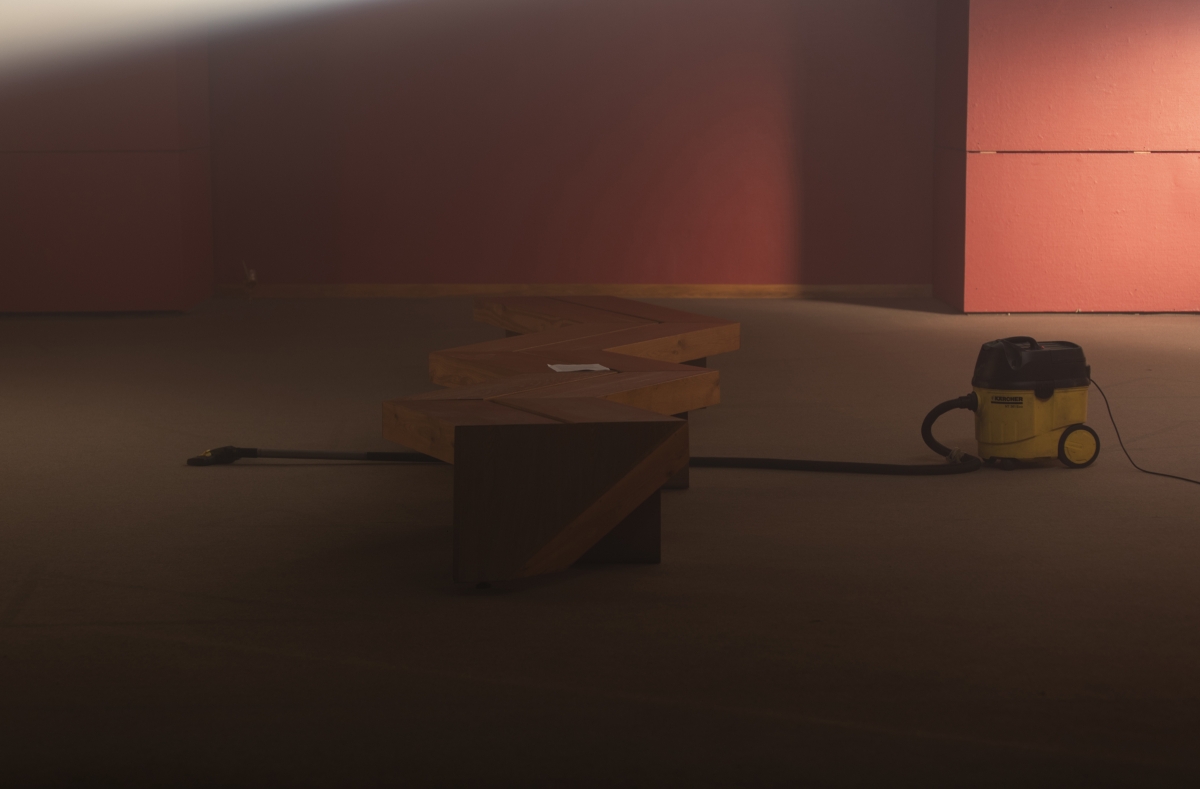
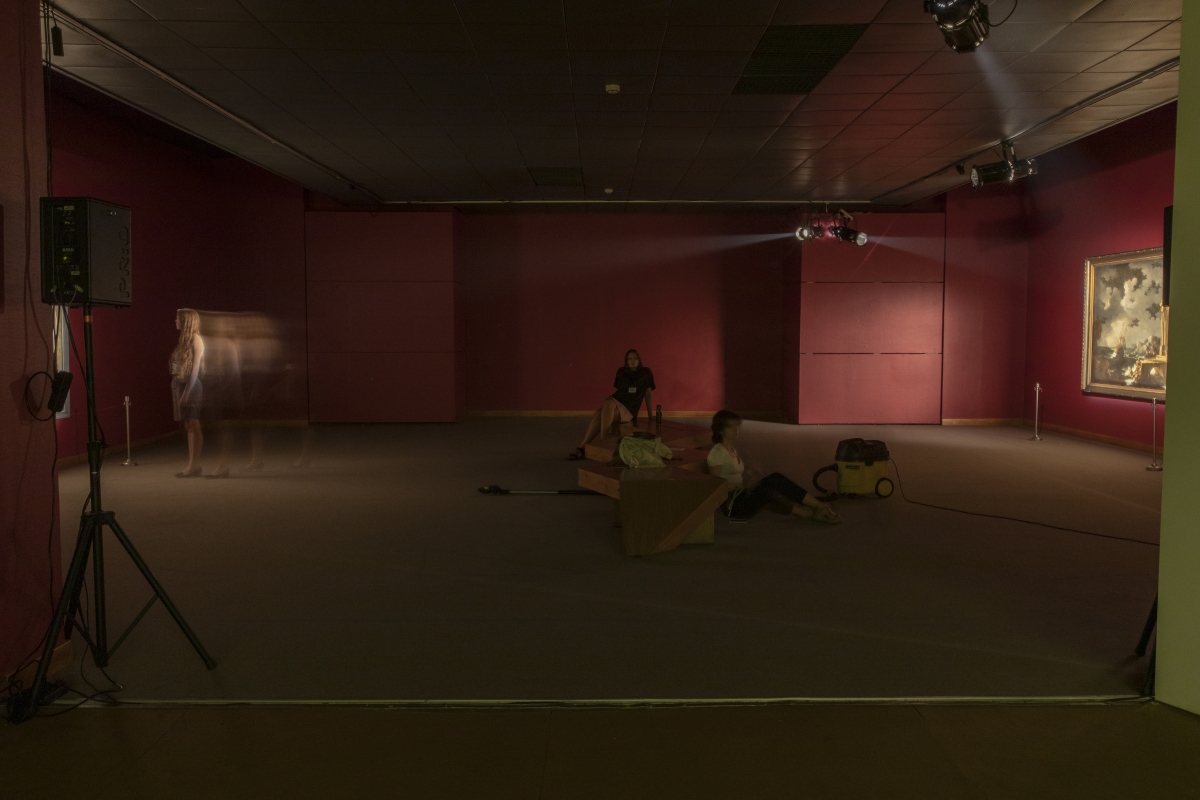
As I entered the exhibition Mars Returns and wandered around the deserted and abandoned spaces of the gallery building they still somehow pulsated with life: I felt like I was inside the wreck of a spaceship. I was then surprised to come across a painting well-engraved in my memory, Abu Simbel Temple in Nubia (1901) by Ernst Karl Eugen Koerner, that was part of the collection of paintings Mykolas Žilinskas donated to Kaunas in 1979. Maybe this was the first time I had seen it? Every time I visited the gallery with my mother, I would stop and stare at it… The stars in the night sky were so bright and vivid they hypnotized me with their realness, and suddenly I would start breathing in the fresh nocturnal air, while the fire-like red light emanating from the temple frightened me with the mysterious possibility of a journey inside – perhaps to eternity? I did not know then that Abu Simbel is a place on the west bank of the Nile near Aswan in southern Egypt. Count Michał Tyszkiewicz tells of it in his memoirs and mentions that for a long time only the most persistent travelers were able to reach it, and that in 1968, under threat of being flooded by the water of an artificial lake, the temple was transported from its rocky dwelling. I managed to visit it too, although I was never – and still am not – a persistent kind of traveler, but somehow, perhaps by some random “catastrophe” I reached the temple again without too much effort
– Dainius Liškevičius
In fog, the corridors lay. And before the fog, penumbra hit. As Alix’s golden bracelet got exchanged for disposable food boxes, LOVE transformed into Jill’s LUST. Friends embraced, eyes stuck on the walls, cautious of slippery floors. “Atsargiai, slidu!” said Jason. Later, they slithered and dwelled in Pan’s refrains of discord, voices, many, shattered. And Seiko & Casio picked a portrait of a violinist called Raimundas, of a virtuoso who died on stage, of a man who peers at a boy on a bench who revels in the foam of Ariana’s recollection: “Planets will always return. And cycles will always unfurl. […] I forget what I know on purpose, and I leave clues for myself all over the world.” Mars returned, internally incandescent. Žilinskas now slumbers.
– Tom Engels
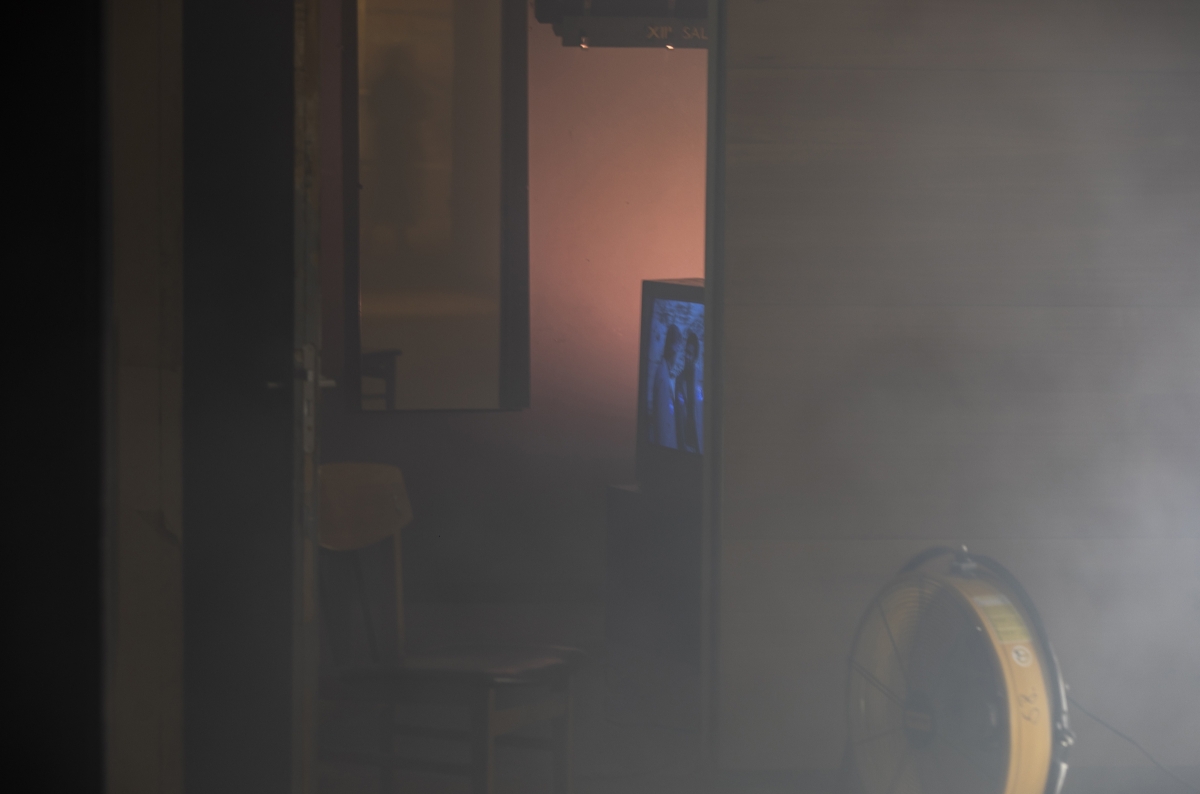
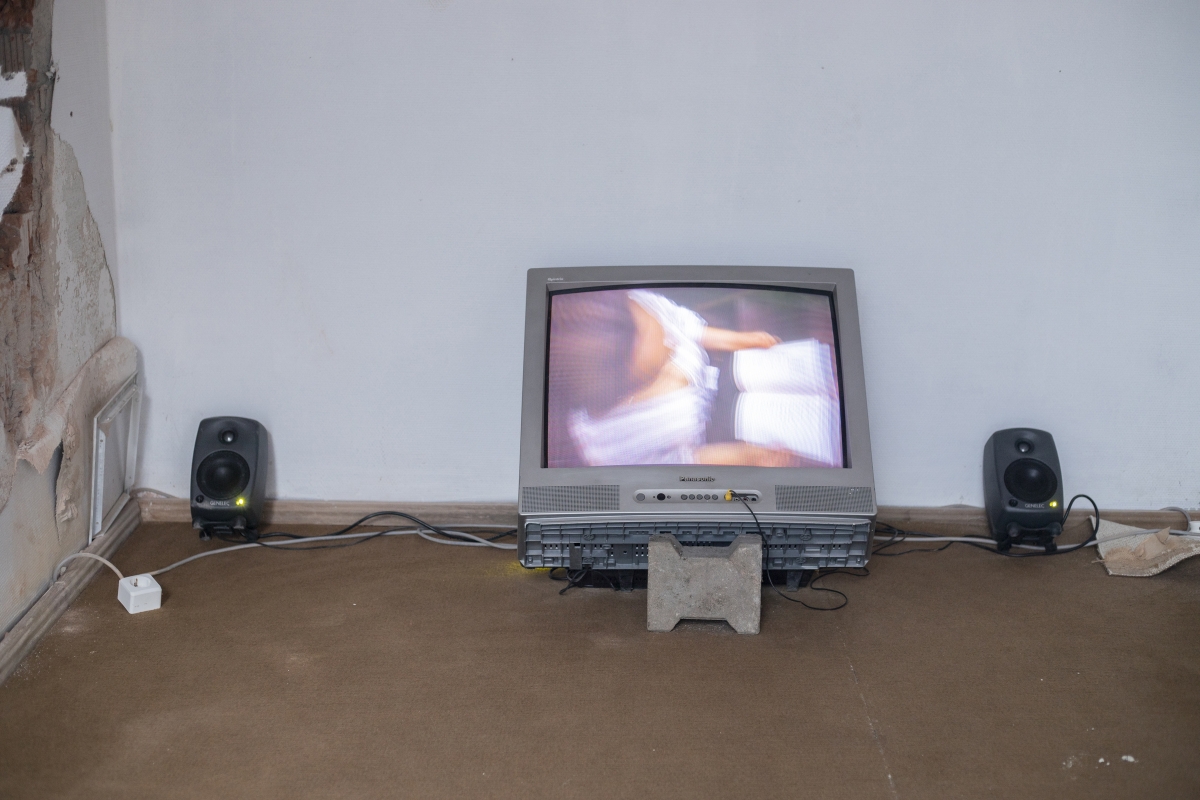

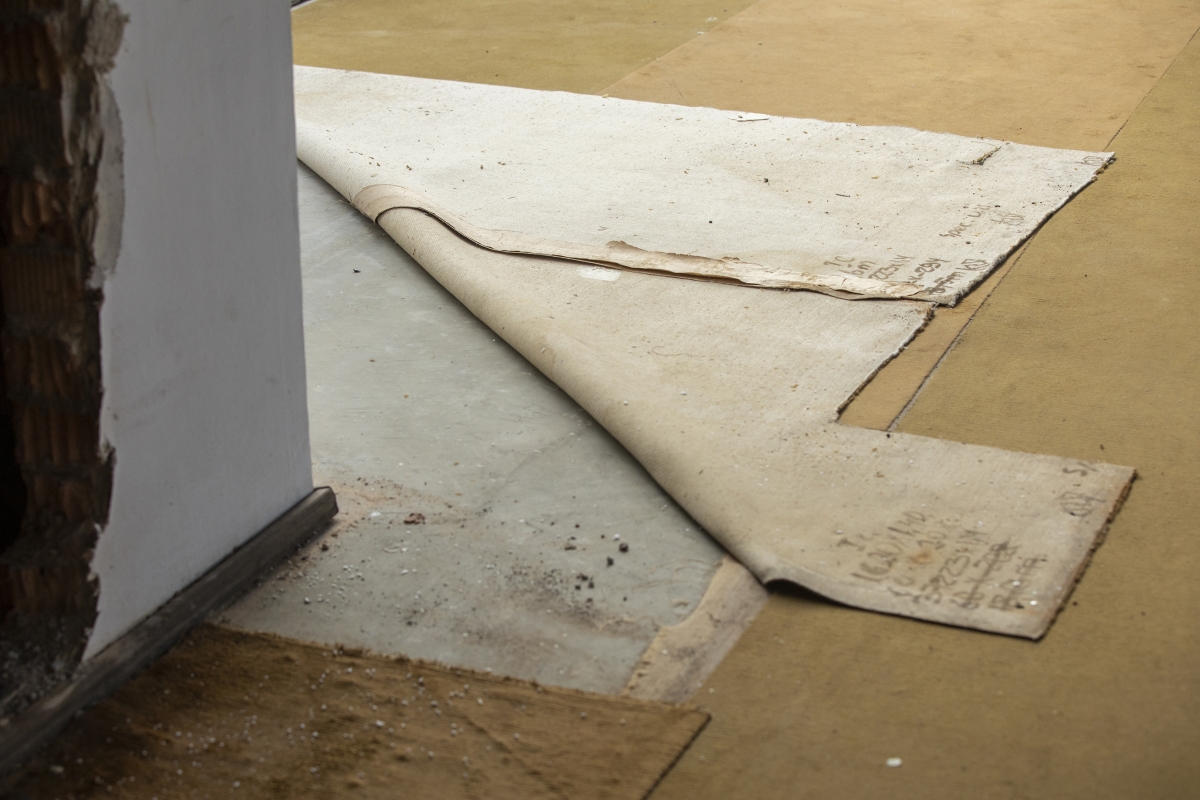



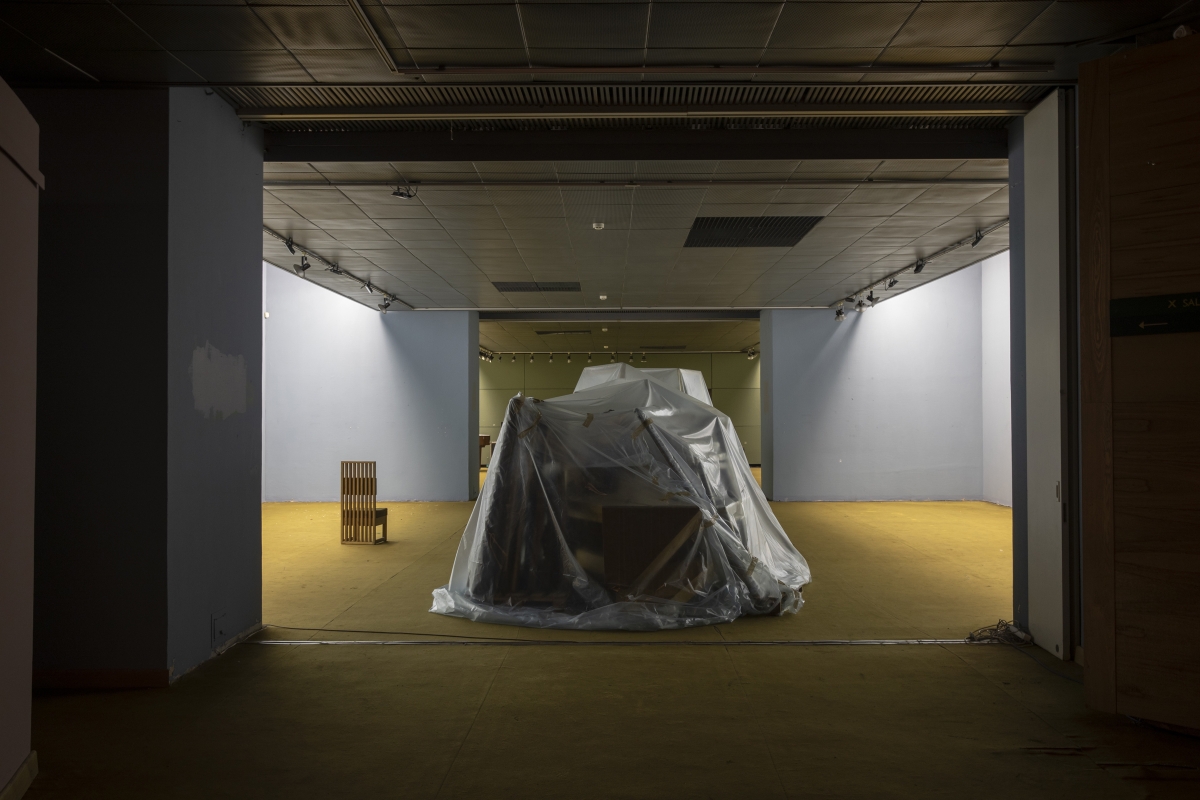
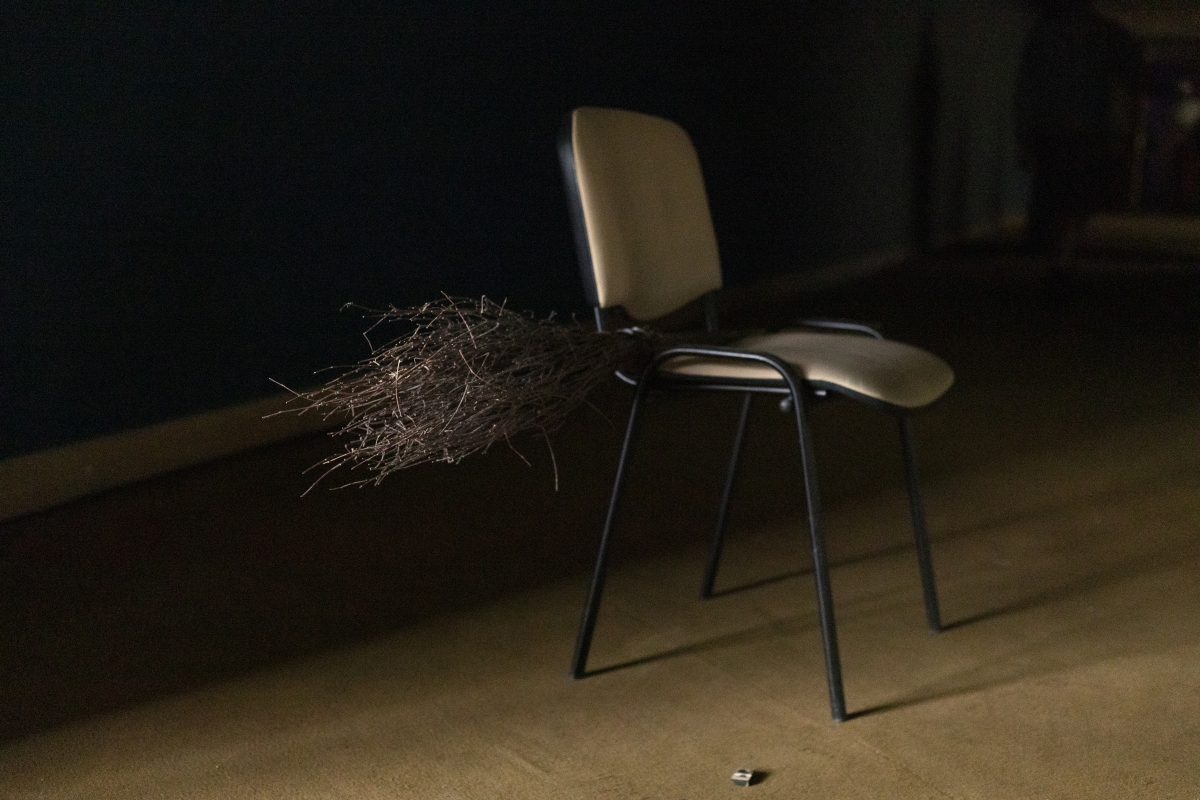

At the exhibition Mars Returns I had the chance to meet my ancestor Rybakov, who had a great sense of beauty and hard-working hands. Our hands touched, like those in the exhibition poster, when I felt his expertly cast stone in the corridor of the Žilinskas Gallery. Like me, he was an orthodox, old believer, but unlike me, he probably knew something I will never know.
Earlier, I wrote to a friend saying that I would like to discover the gateway to quantum gravity, in which the curvature of spacetime expands at the center of a black hole, allowing deep time travel. It would enable me to visit my ancestors, and learn about the parts of me and the parts of the world that they created and that we now live in. The current crisis for me is the loss of Earth’s wisdom, the disappearance of simple truths such as one plus one is two. As well as a change of belief systems.
Maybe faith began with the stars?
After all, we began to observe the night sky for its infinite beauty of shining stars, and when we discovered the planets, and their movement in the sky, we started to believe that we are not alone and that we have innumerable eyes with which to see our lives.
Astrology has taught us to understand how non-linear time works, in the same way that quantum gravity could take us to other temporalities. The alignment of the planets is cyclical, some cycles repeat every month, others every two hundred years, and each of us carries that cosmic moment in open space with us when we are born. “We are the carriers of the planetary events”, as the wonderful astrologer Tina Zavetsanos said. Time only really exists in our consciousness. In open space, movement and events are not tied to the concept of time, they move on their own and with it. Sometimes, when dancing in the dark with strangers or listening to music, time actually stops, we forget that we are acting on its principle.
I experience astrology as a reconciliation with my feelings. I can’t see all the planets that are on my birth chart, but I can feel their influence. The truth is that every time I read my horoscope, I am actually trying to understand what I am feeling. Because like the planets, feelings are not so easy to see with the naked eye.
Mars is a planet that many feel strongly about. It is the planet that people turn to after going through an experience and ask—was it that strong and touching?
Thank you, Mars, for coming back and letting me feel the non-linearity of time, its absence, and the presence of myself and belonging with the parts of the world.
– Viktorija Rybakova
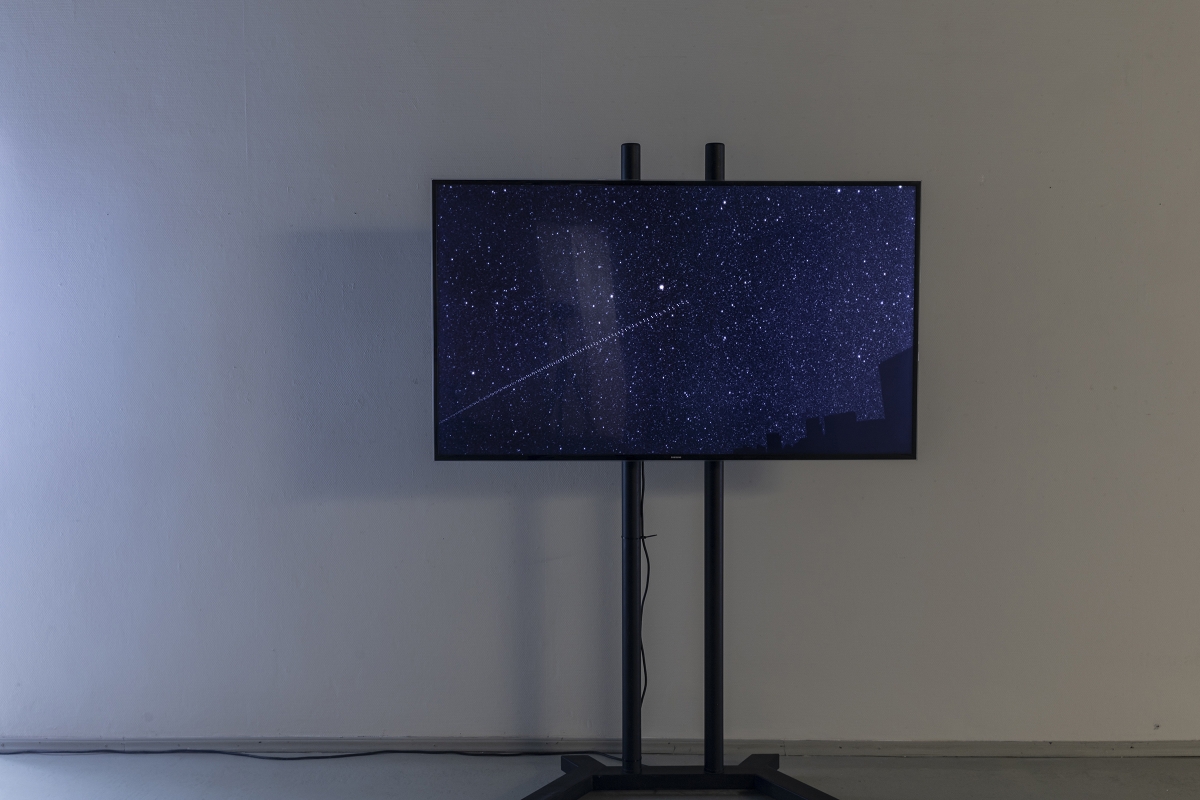


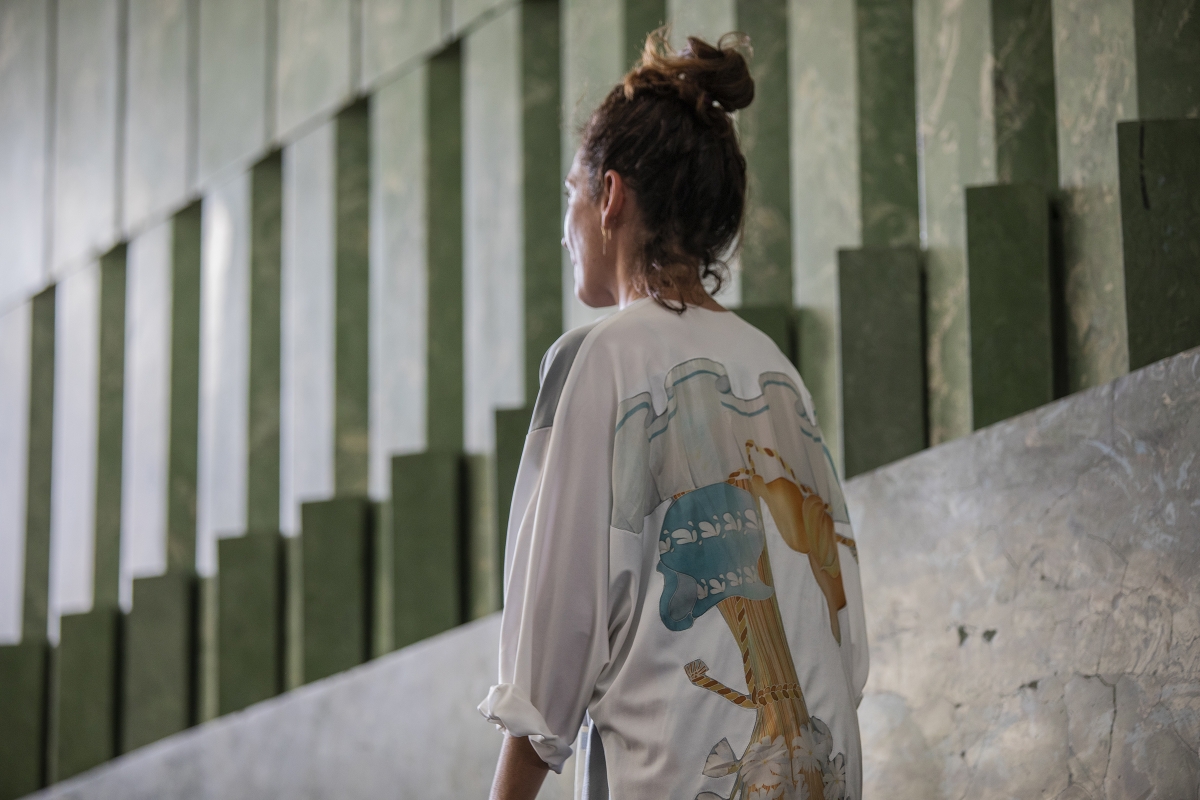
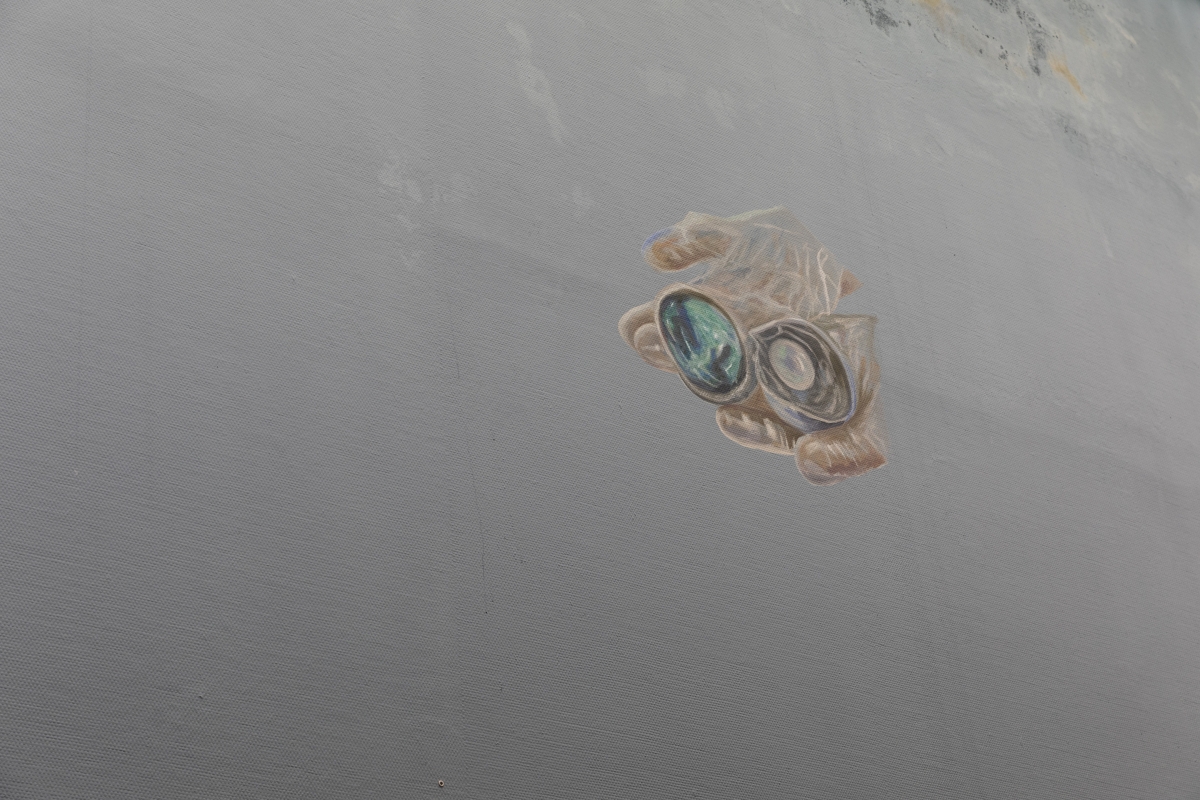
A public space accidentally negotiating knowledge, the lack of it, in its walls, sweat, fake marble staircase
An onglet i can’t close
A non event, a presage, a turbulent summersault: a step outside of owner-ship into a complex dampness
whispery-thin
forever un-finished
An array of adjacent thoughts foraging with their historical tentacles into the tempest that carves and rocks and rests in the courtyard. The long court, the long yard, yearning and spitting in the face of contractors whose contracts shotgun what they stand for and against.
– Alix Eynaudi

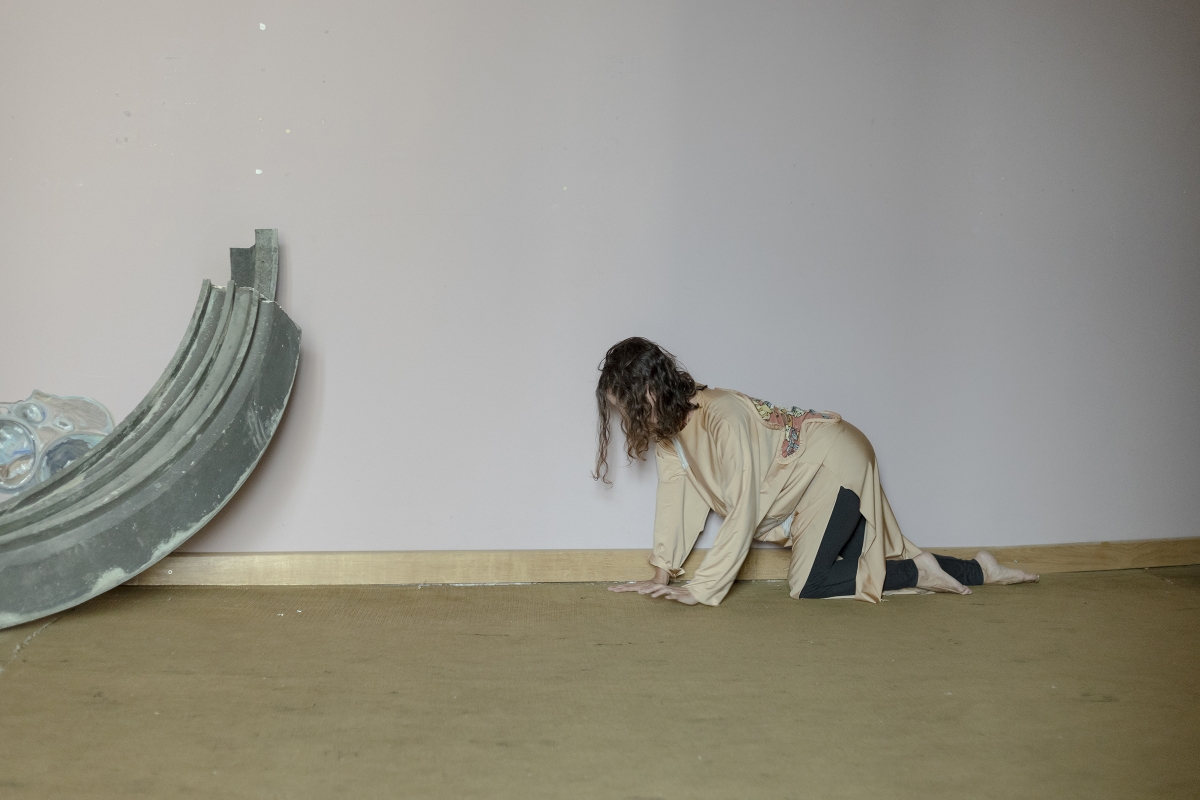 When I first visited the Mykolas Žilinskas Art Gallery to get to know the building, I expected to find an empty space as I had seen in the pictures before. But on the day we arrived, there was an exhibition opening in the building. I saw a lot of people, abstract painting, graffiti, VR. Music was playing outside. The image of an abandoned and occupied building gave me the idea of going to the strip clubs in Kaunas and recording the sounds there. I imagined something swag, erotic and sexy, and totally melting, crumbling, and decaying simultaneously. During my performance, I was playing with these sounds from the strip clubs in Kaunas by stretching them, making them slow down, reversing them.
When I first visited the Mykolas Žilinskas Art Gallery to get to know the building, I expected to find an empty space as I had seen in the pictures before. But on the day we arrived, there was an exhibition opening in the building. I saw a lot of people, abstract painting, graffiti, VR. Music was playing outside. The image of an abandoned and occupied building gave me the idea of going to the strip clubs in Kaunas and recording the sounds there. I imagined something swag, erotic and sexy, and totally melting, crumbling, and decaying simultaneously. During my performance, I was playing with these sounds from the strip clubs in Kaunas by stretching them, making them slow down, reversing them.
– Tarek Atoui
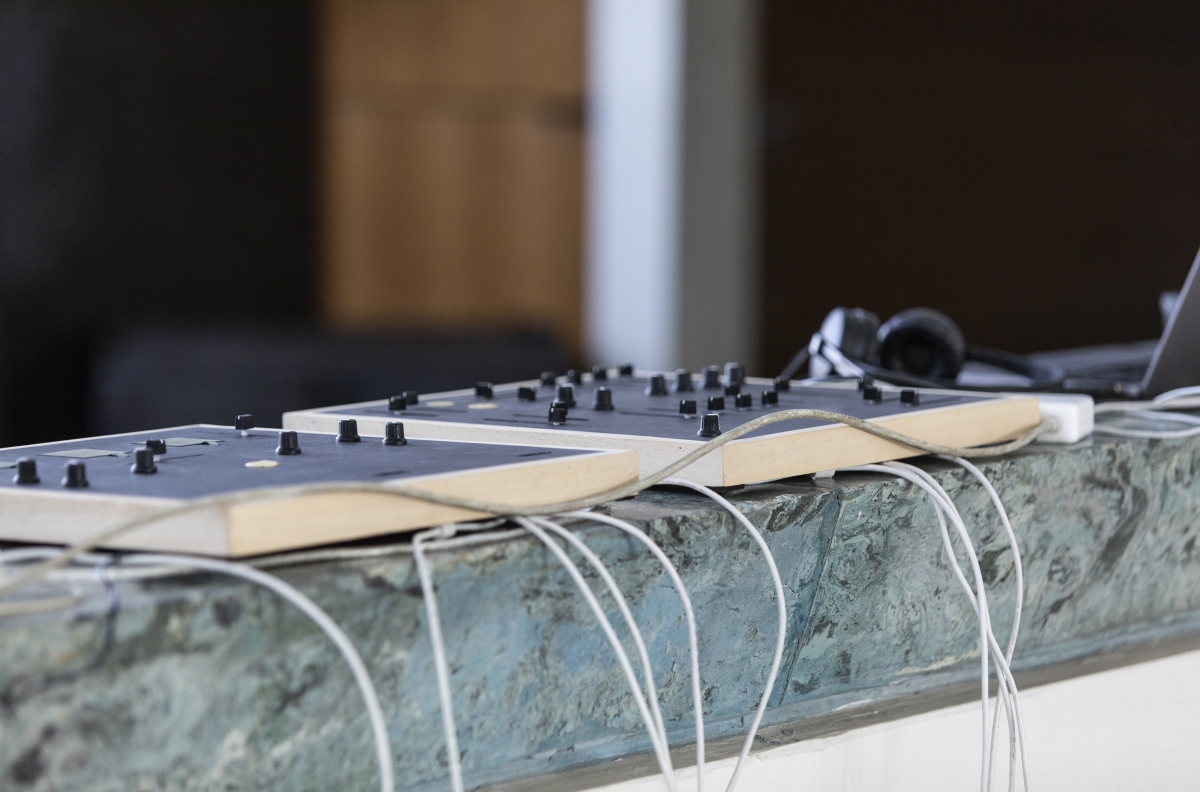

Like Bosch meeting Arabic calligraphy. A collage.
– Tarek Atoui
The extensive sound, the lights, the fog, the haze, the moving audience. They cut the shadows. Subtle gestures to shift attention; allowing people to zoom in and zoom out, to focus on the details, feel sensitive to certain things, but also to see the landscape at large again. I am sprinting down the stairs. It is an almost violent and sacrificing way to pay a tribute to the building, almost like a bow. A closure, by ascending through descending.
– Pan Daijing
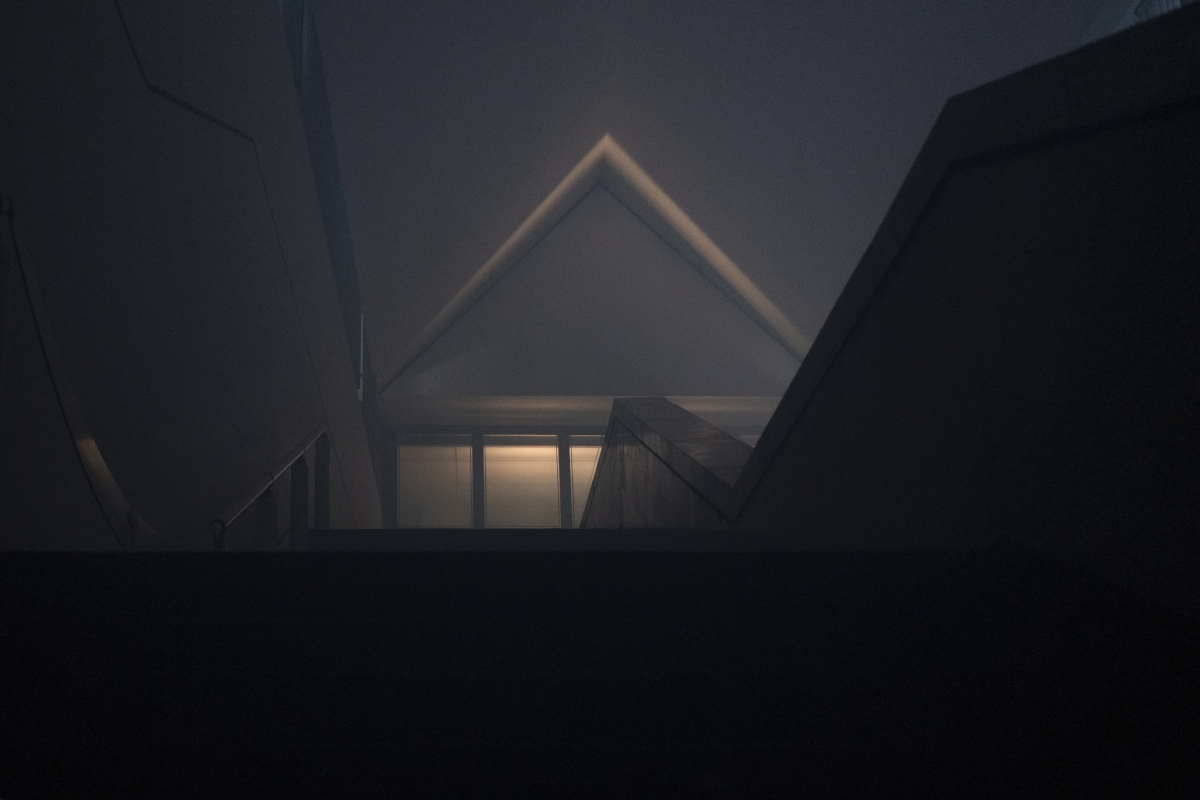
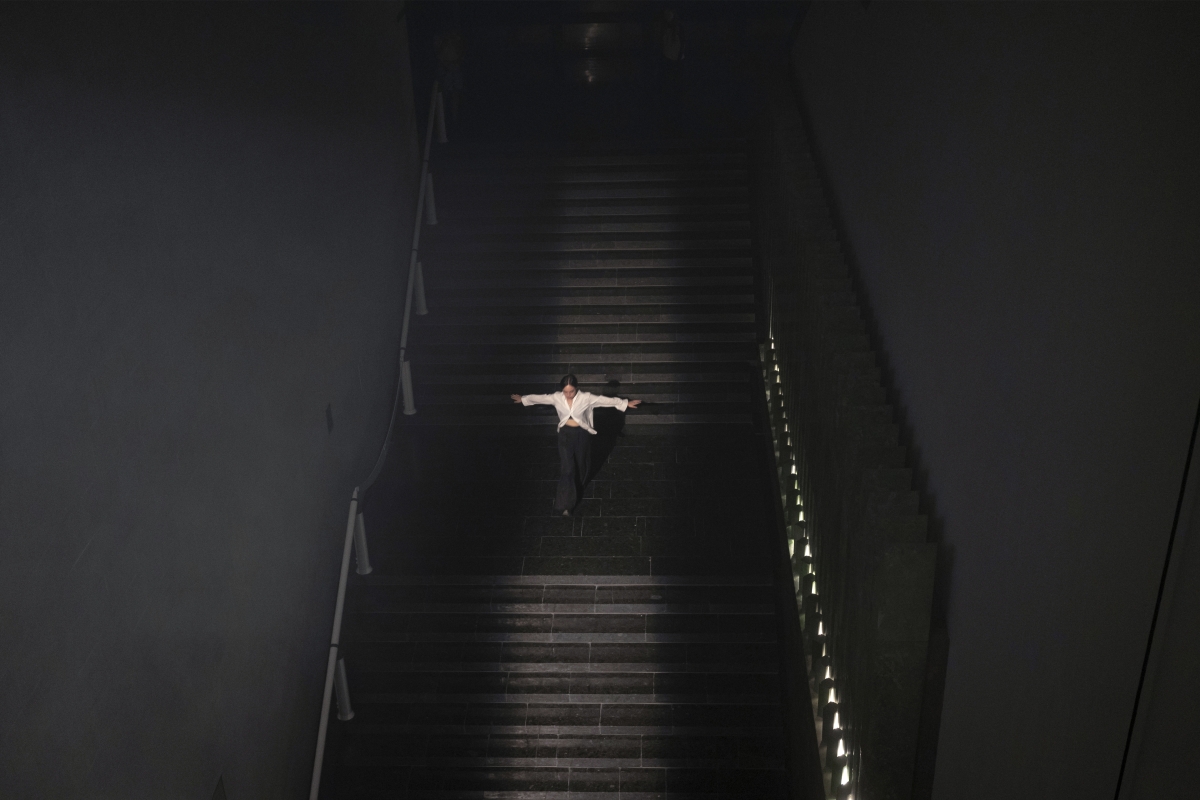
Artists:
Tarek Atoui, Leonardo Carlo Coccorante, Pan Daijing, Jason Dodge, Alix Eynaudi, Ernst Karl Eugen Koerner, John Menick, Valzhyna Mort, Jill Mulleady, Marija Olšauskaitė, Ragemore su Gediminu Žygum, Artūras Raila, Ariana Reines, Francesco Rustici, Seiko & Casio, Sofija Veiverytė
Curator: Raimundas Malašauskas
Photography: Brigita Kazlauskaitė, Lukas Mykolaitis (Two last pictures)
Video: Ieva Kotryna Skirmantaitė
Texts: Anne Davidian, Francesco Manacorda, Pan Daijing, Dainius Liškevičius, Tom Engels, Viktorija Rybakova, Alix Eynaudi, Tarek Atoui
Reportage: Raimundas Malašauskas, Inga Galinytė, Virginija Januškevičiūtė
